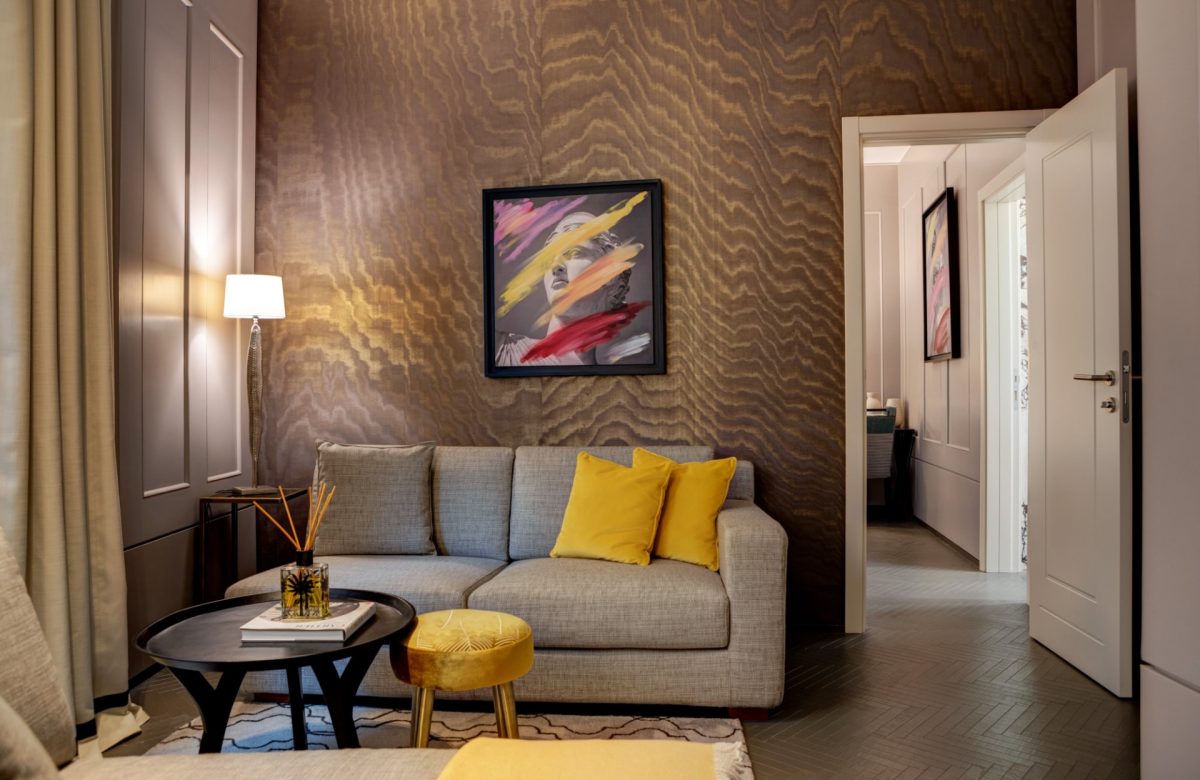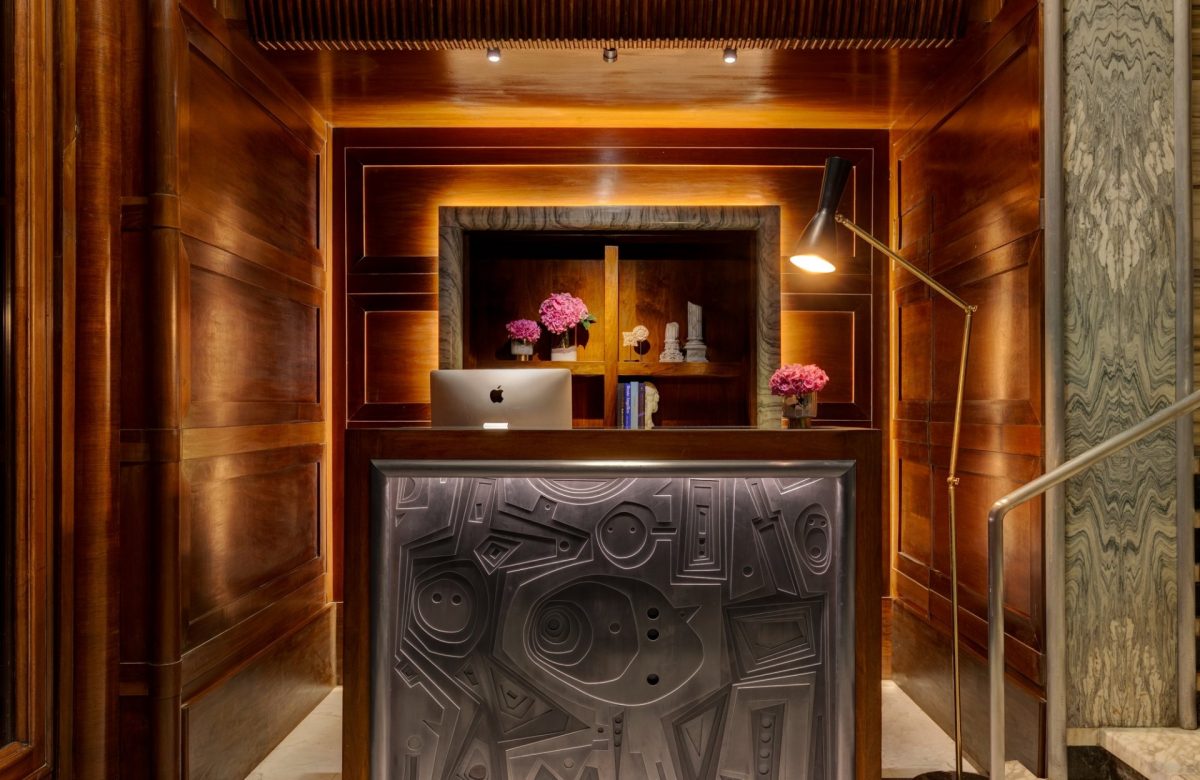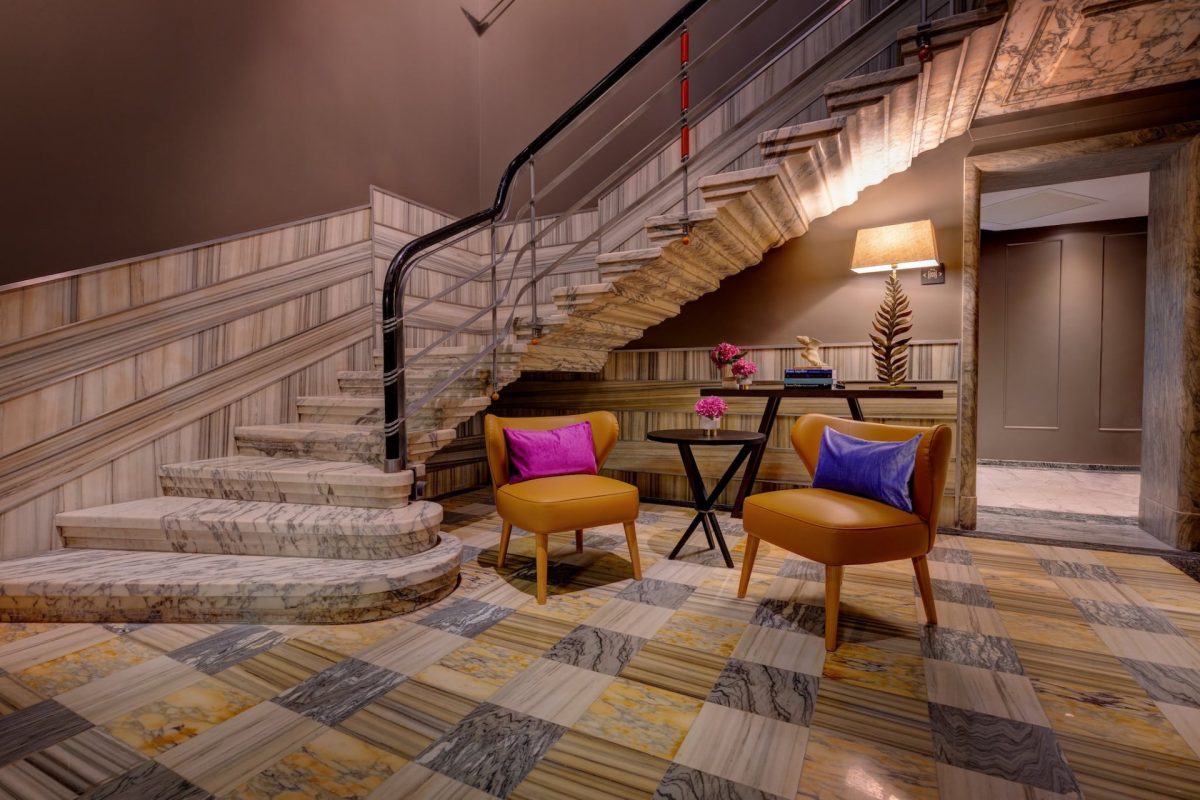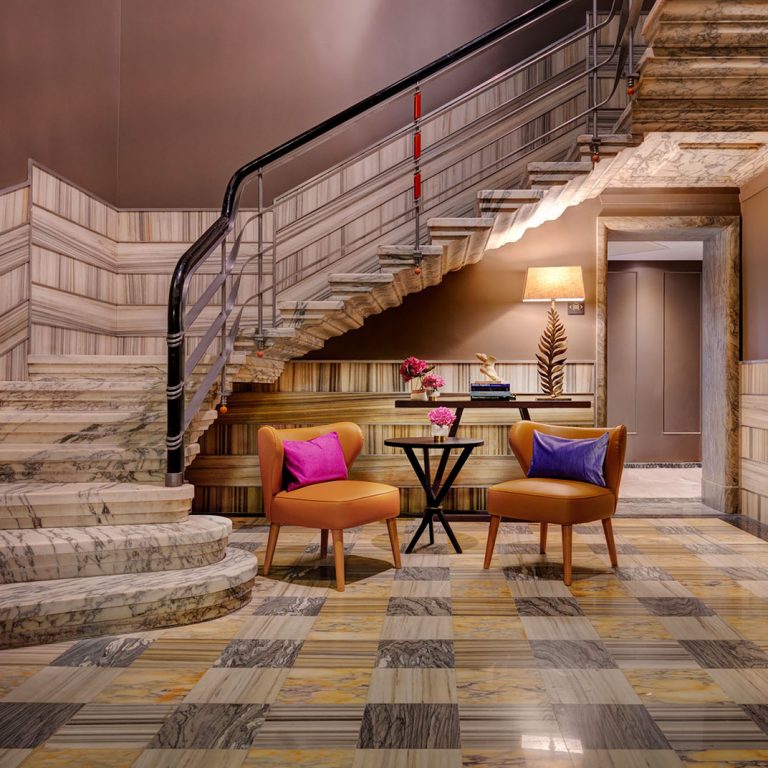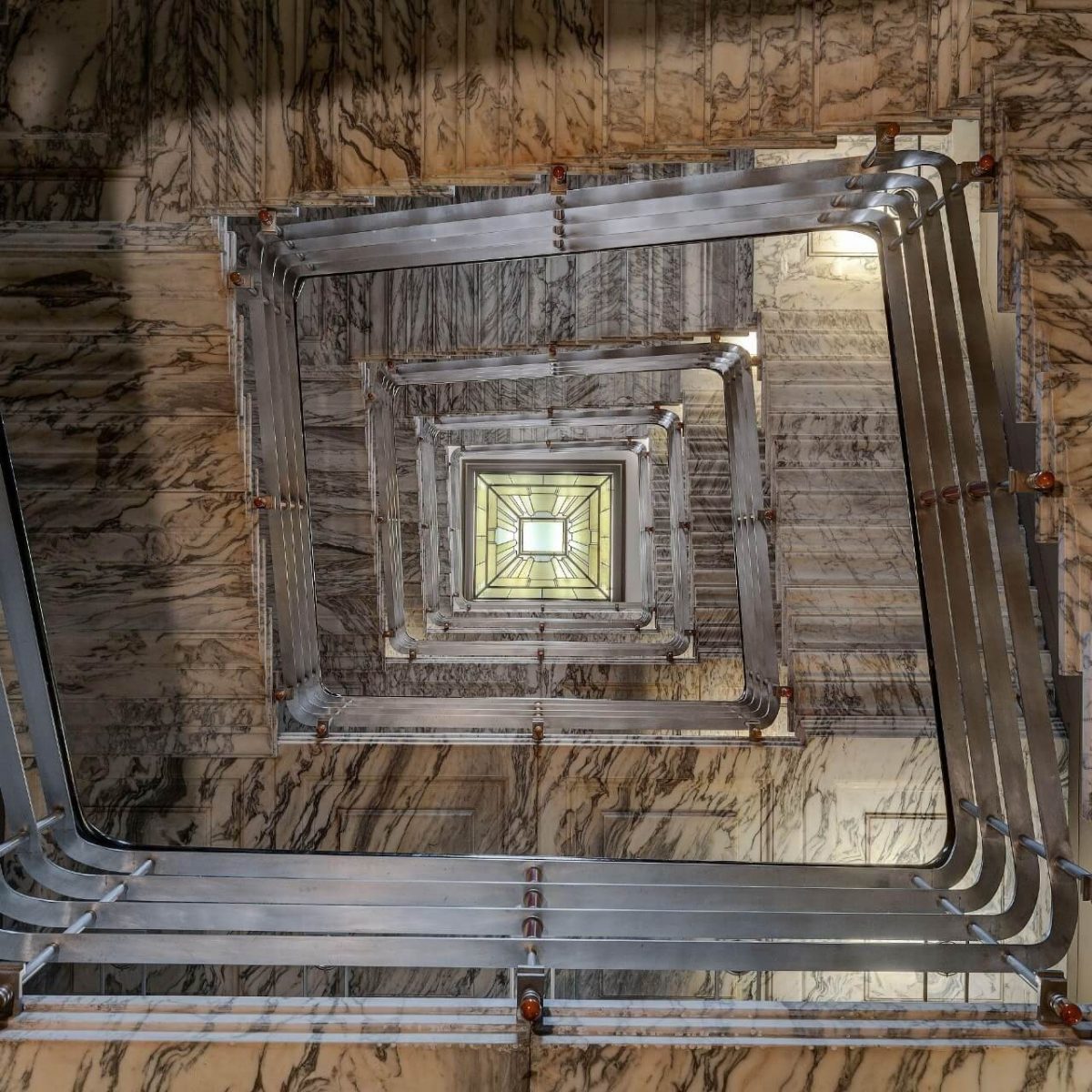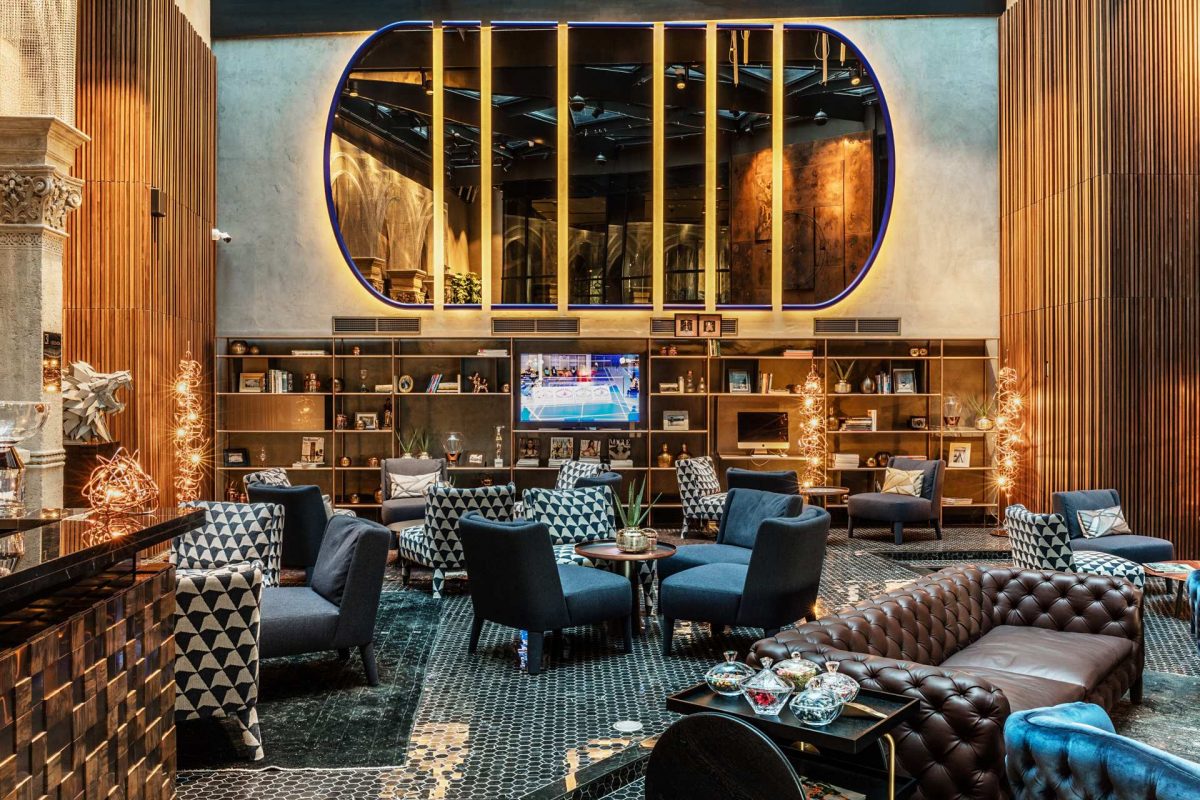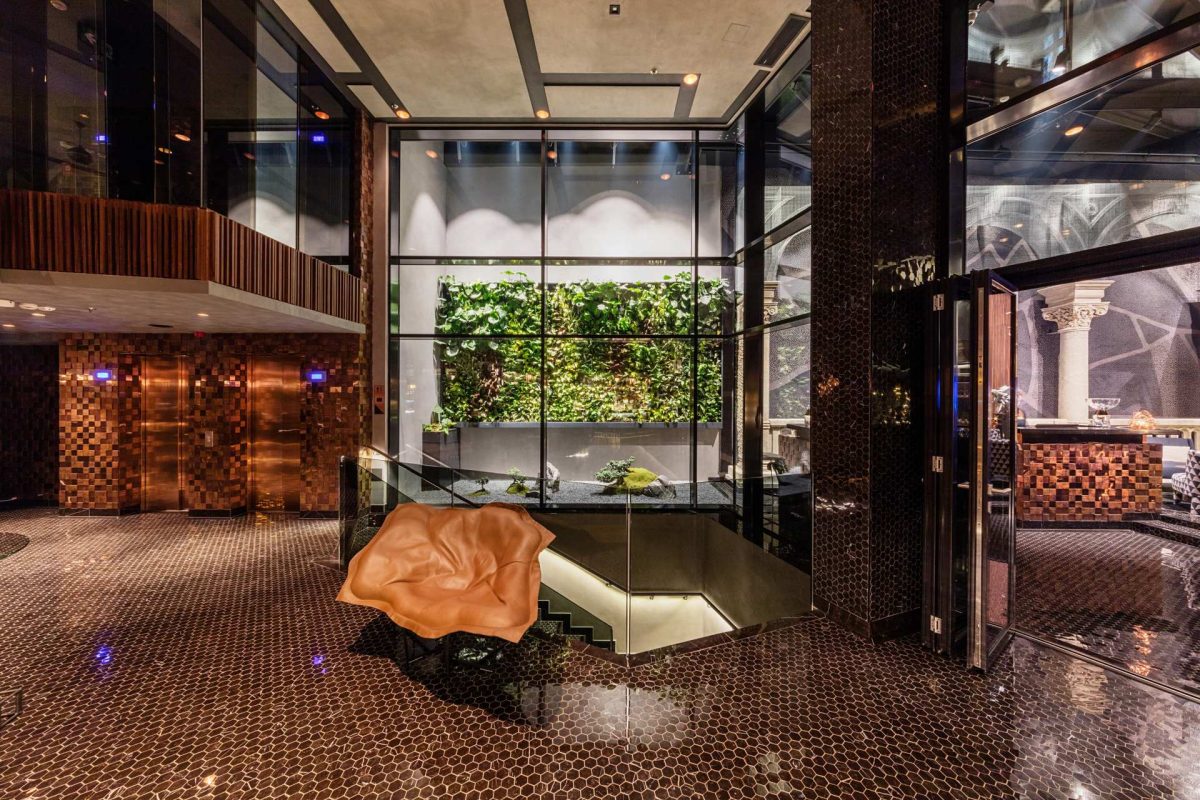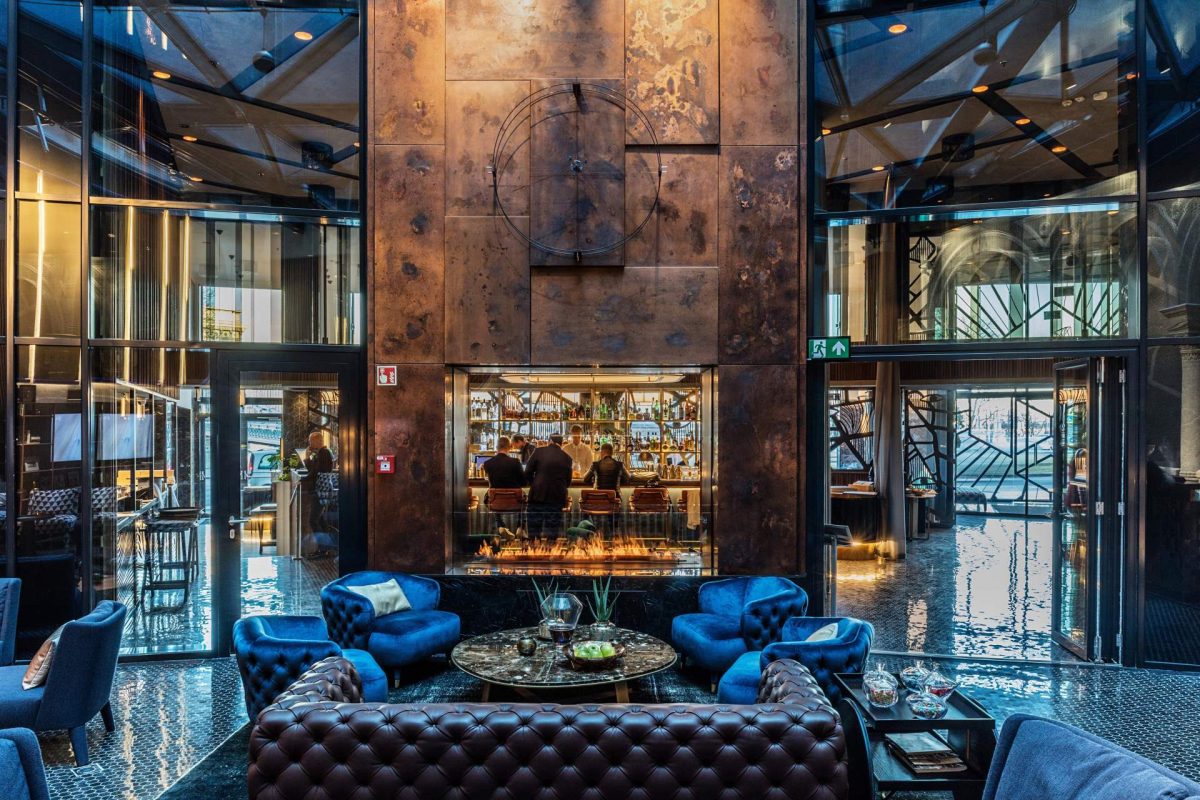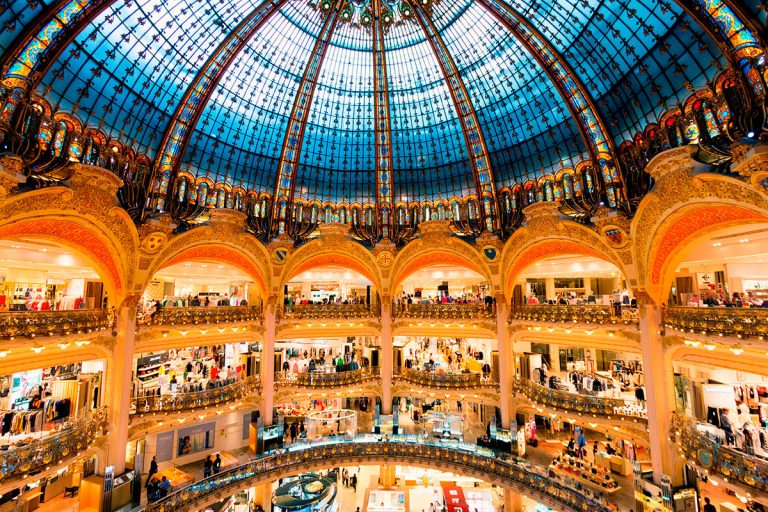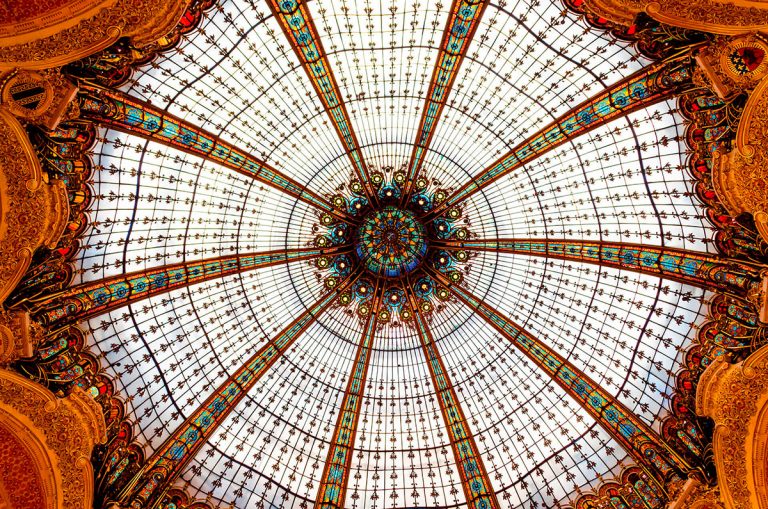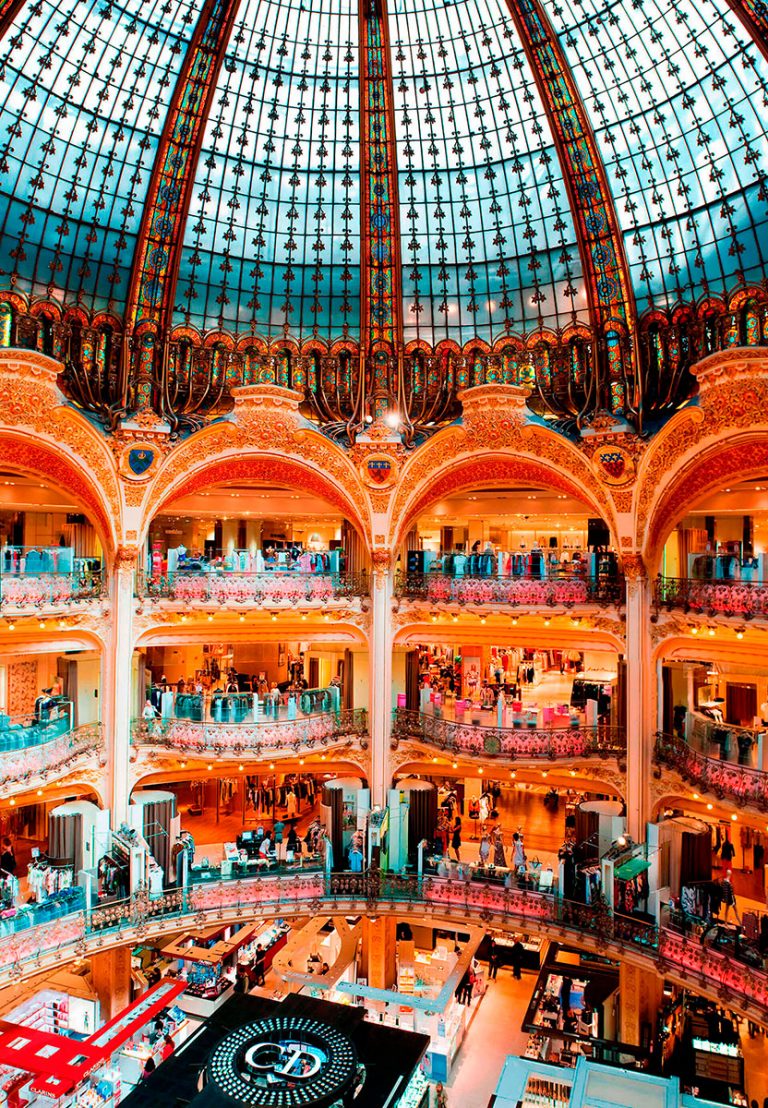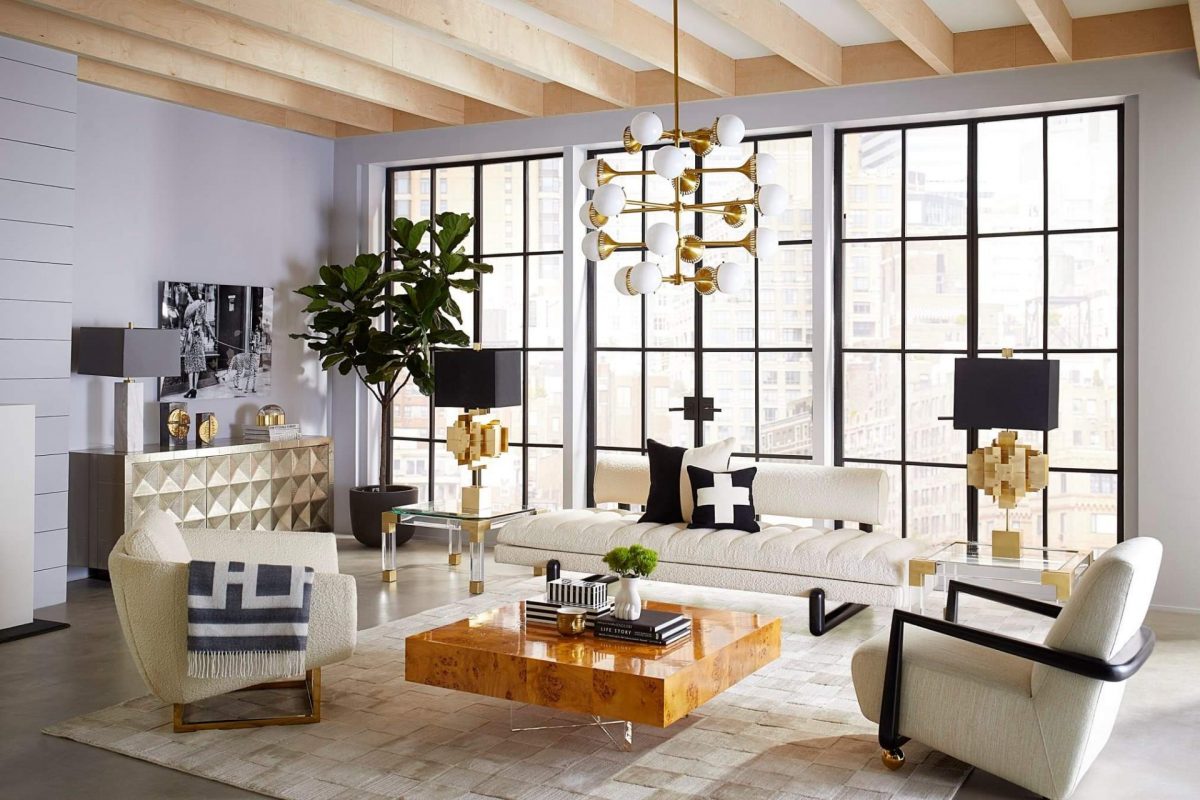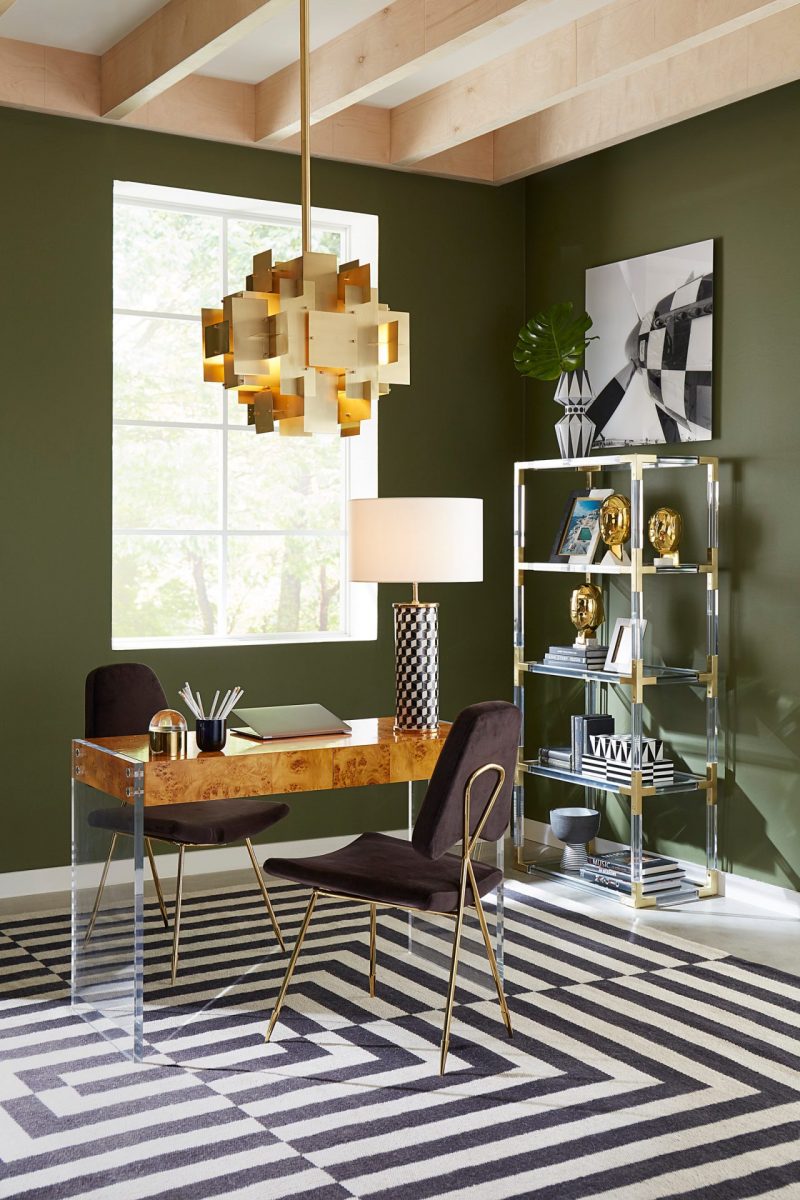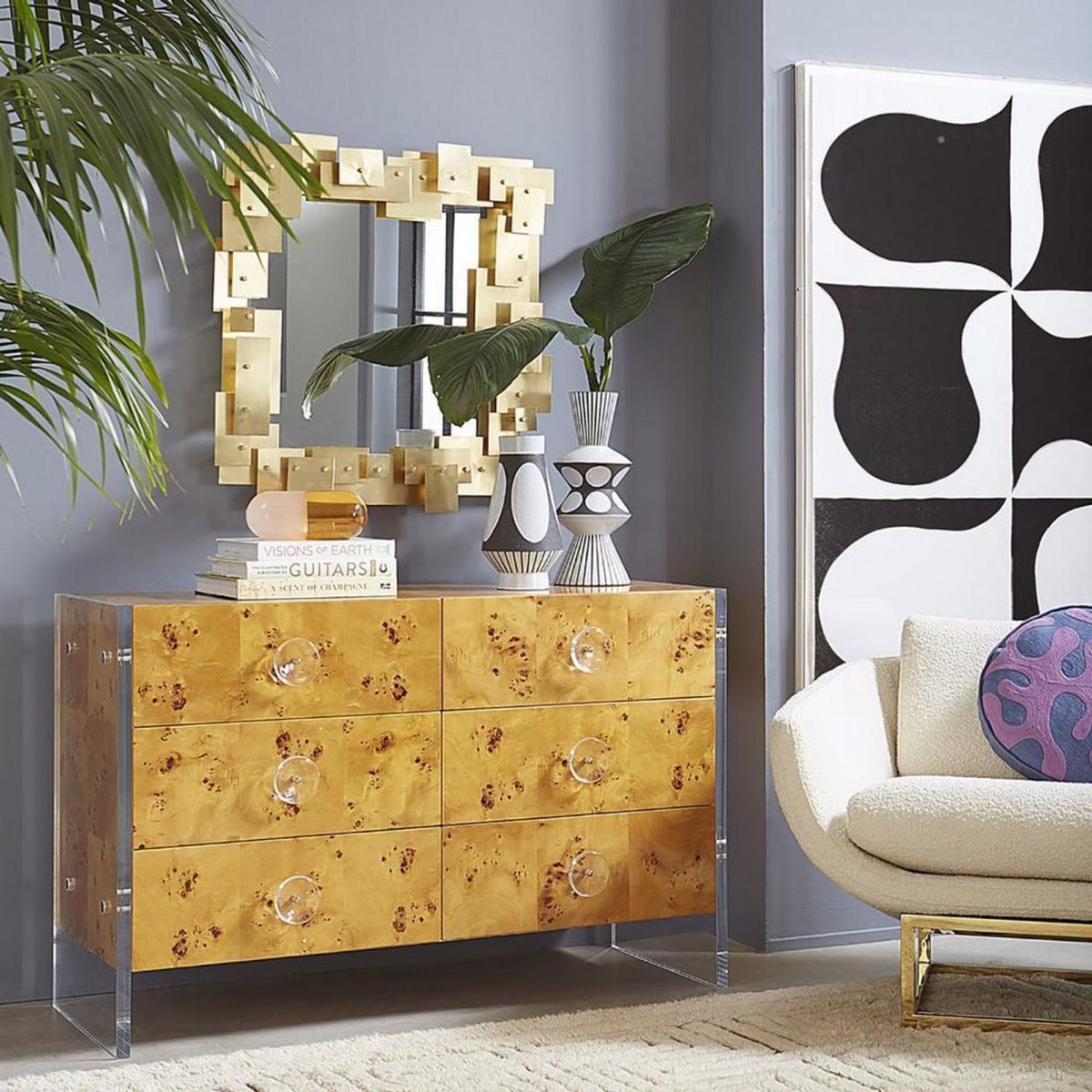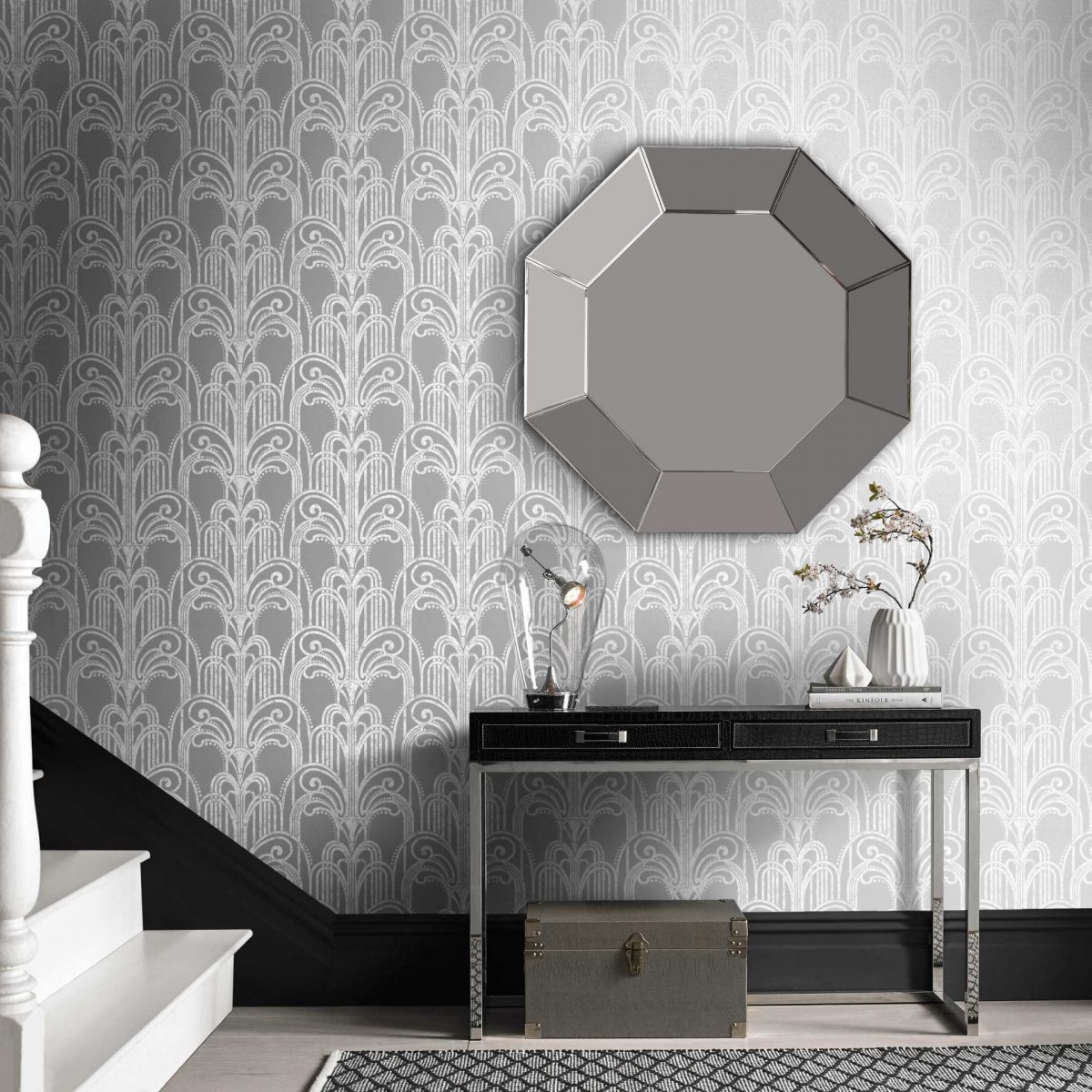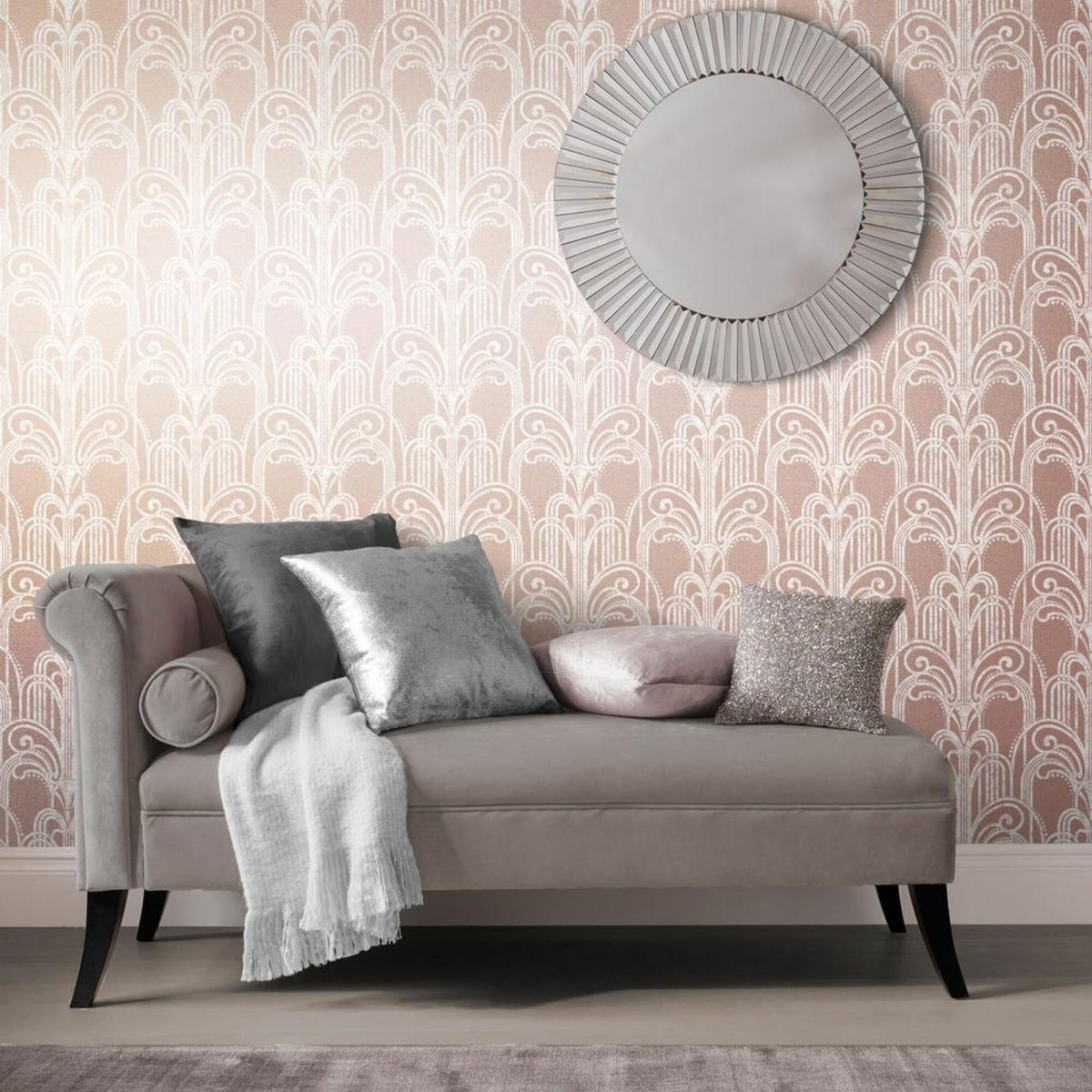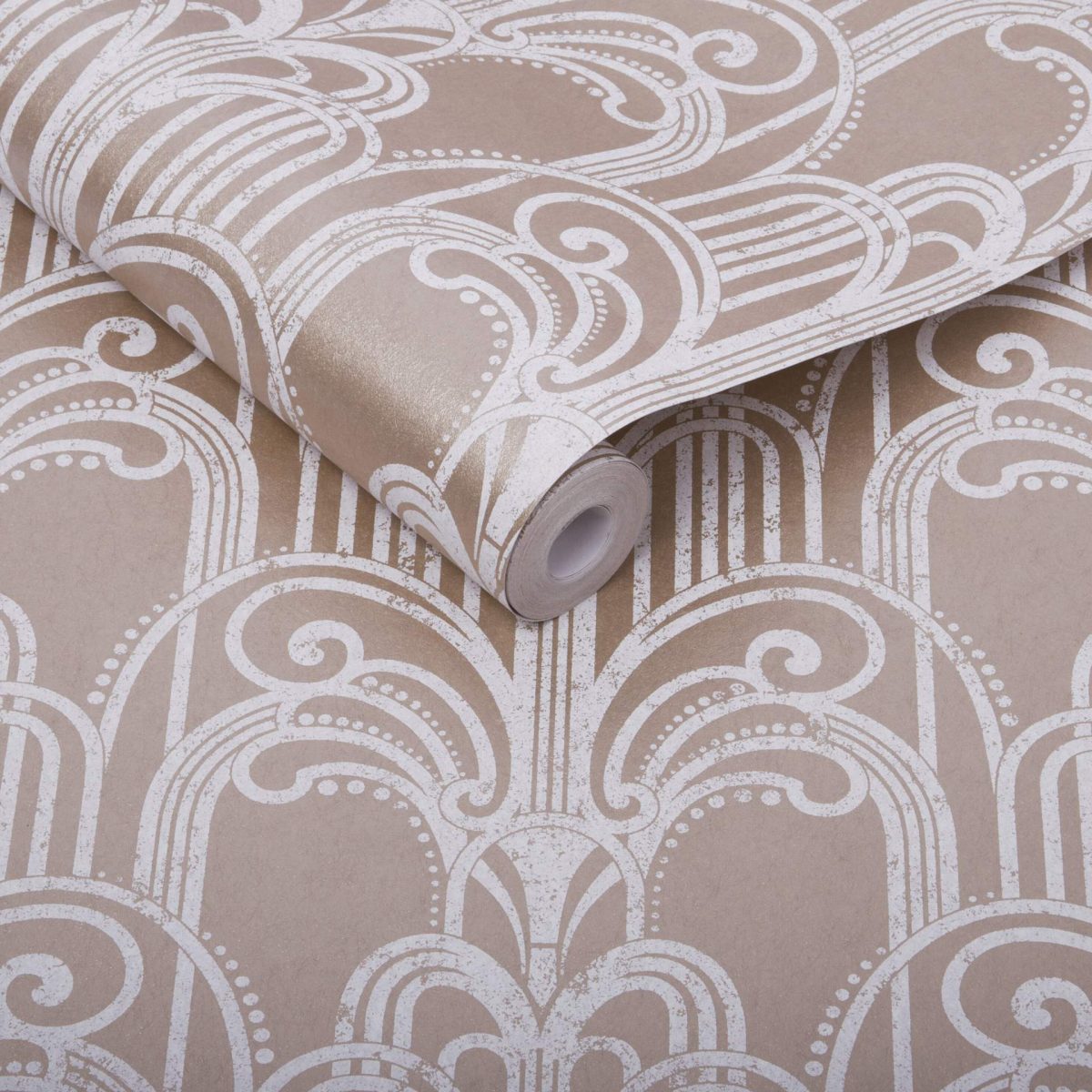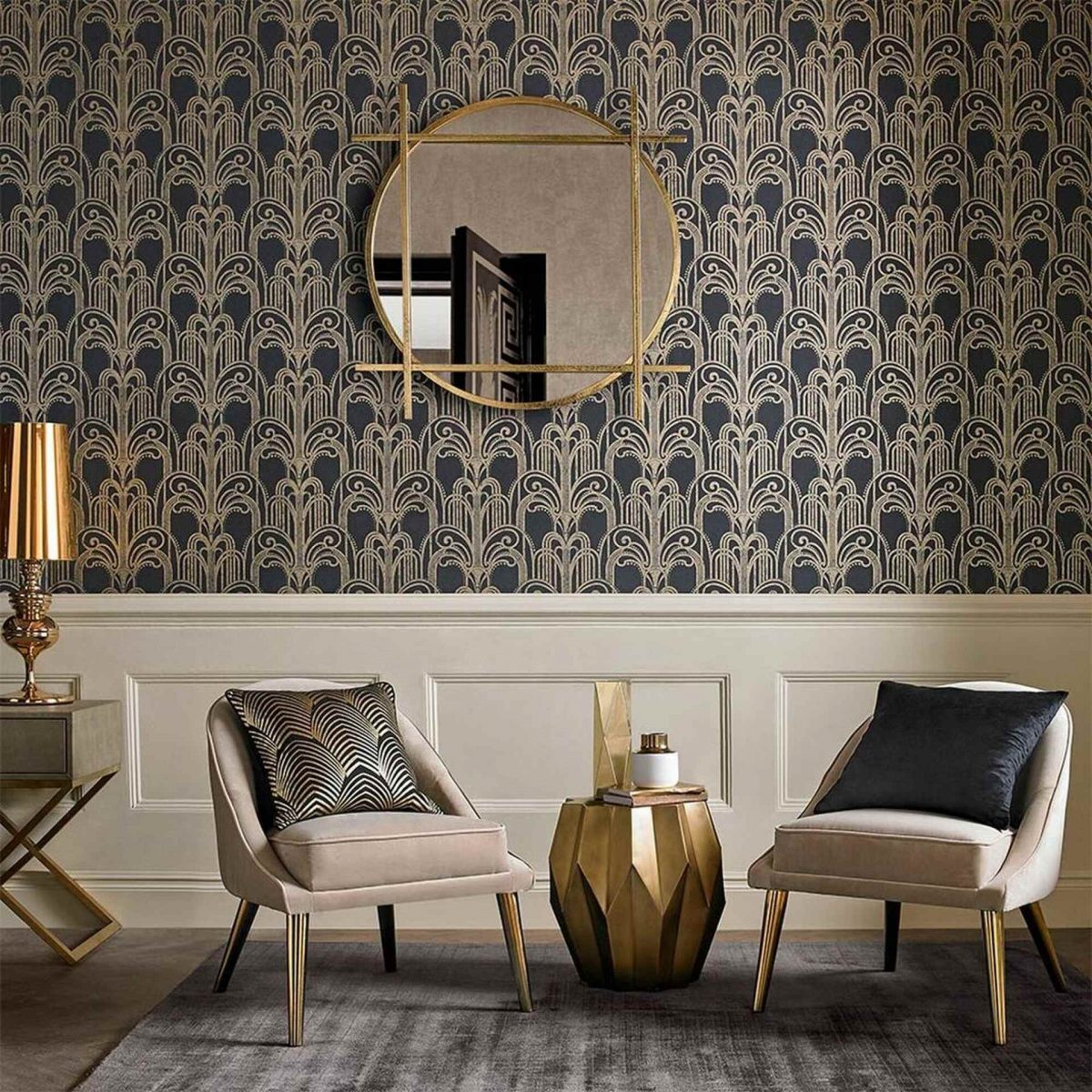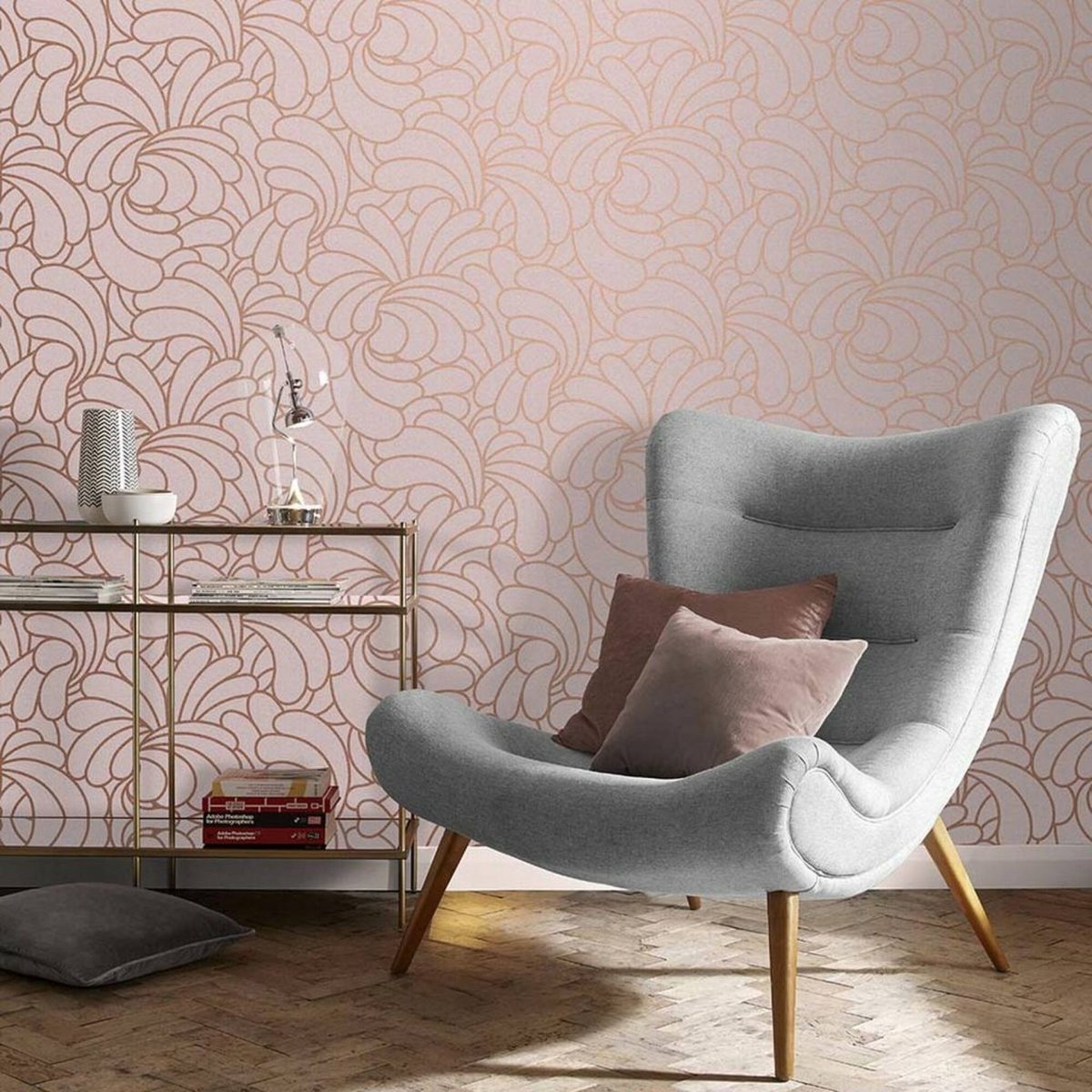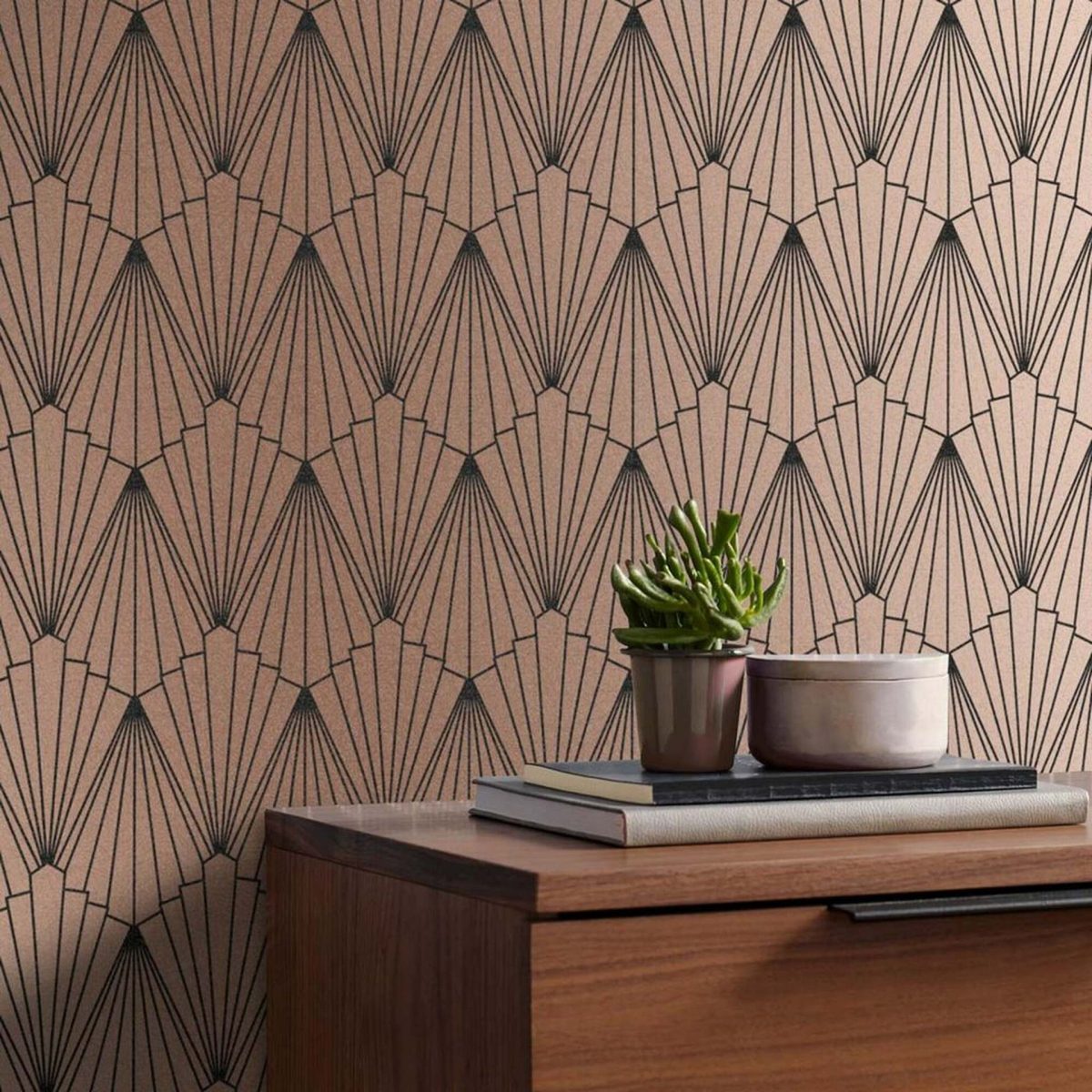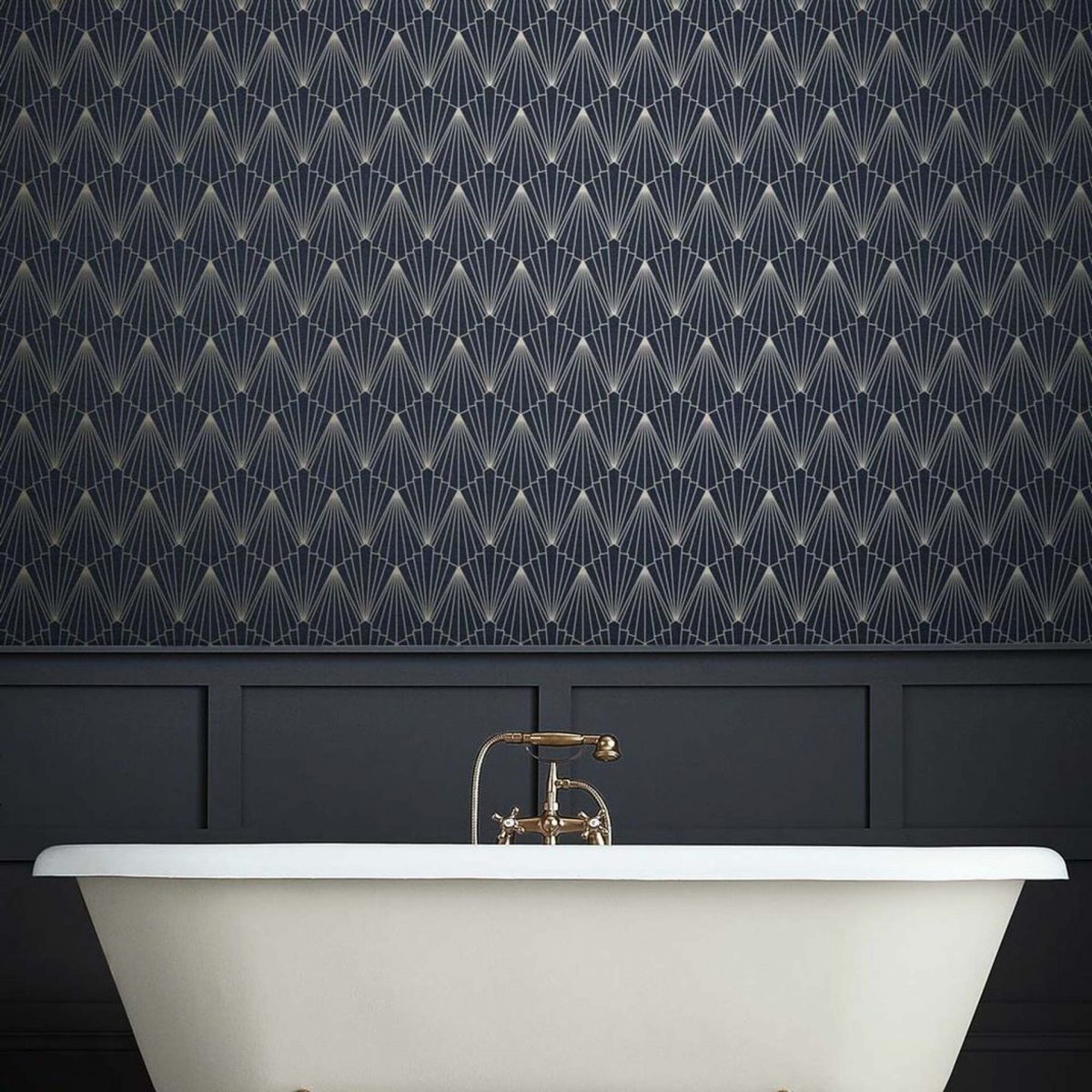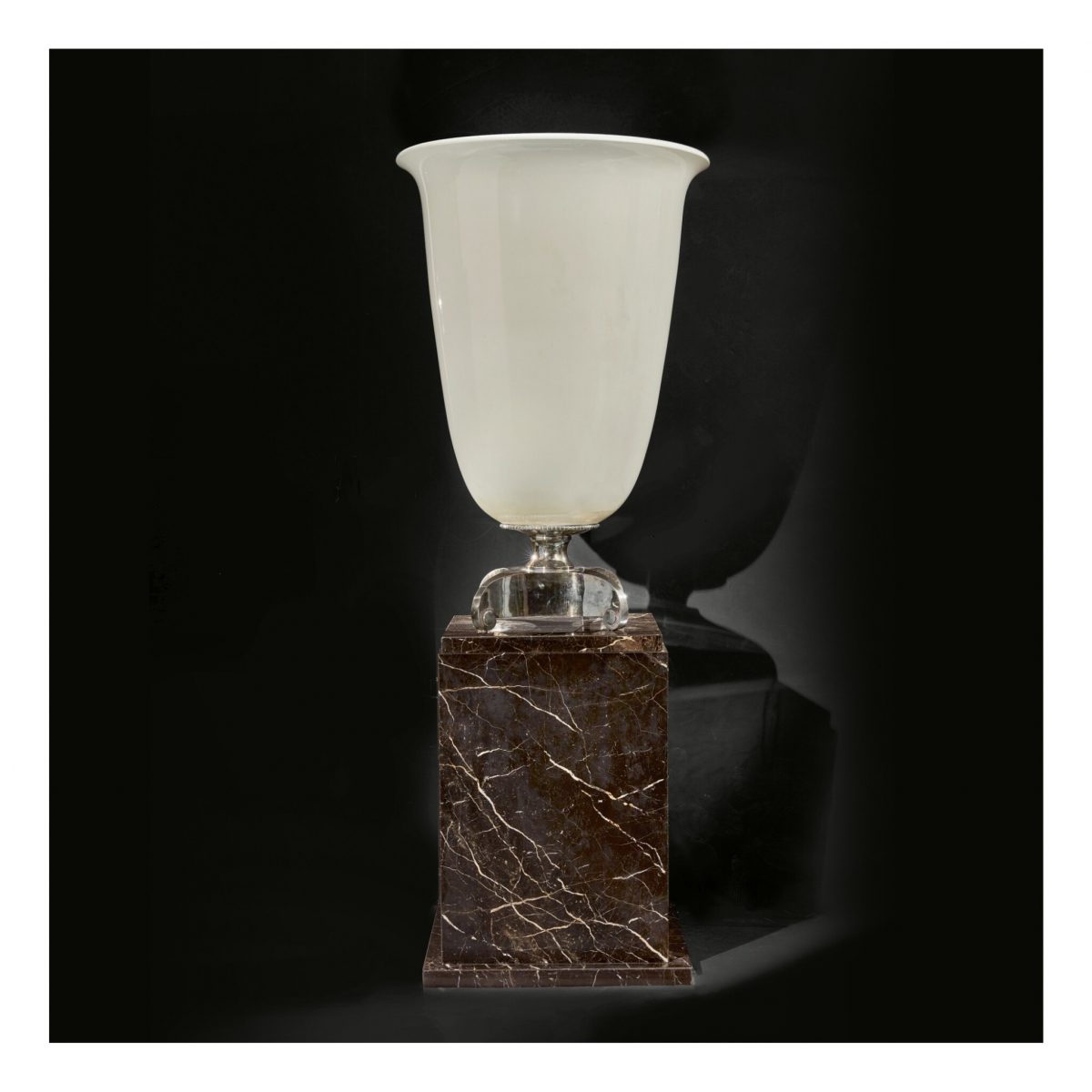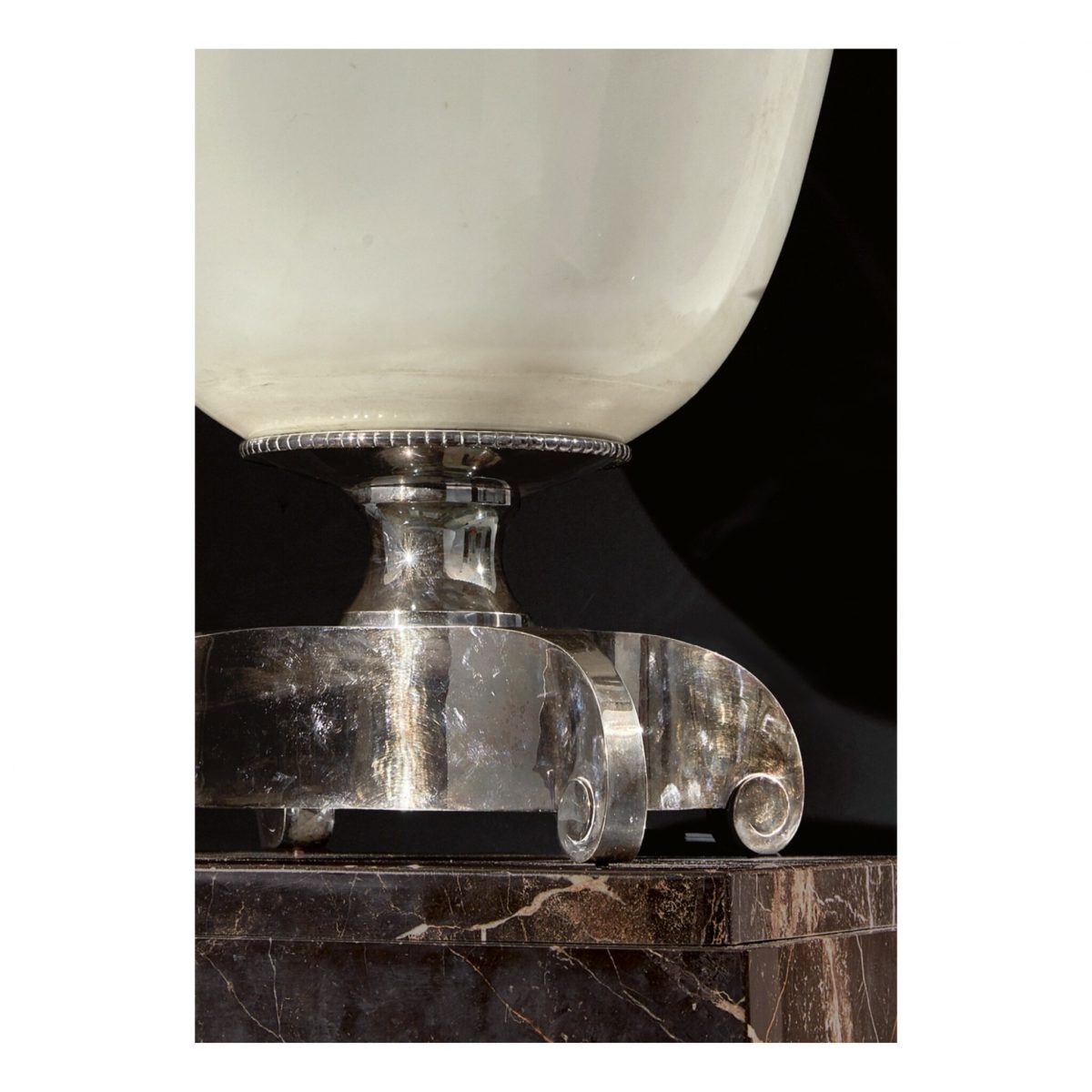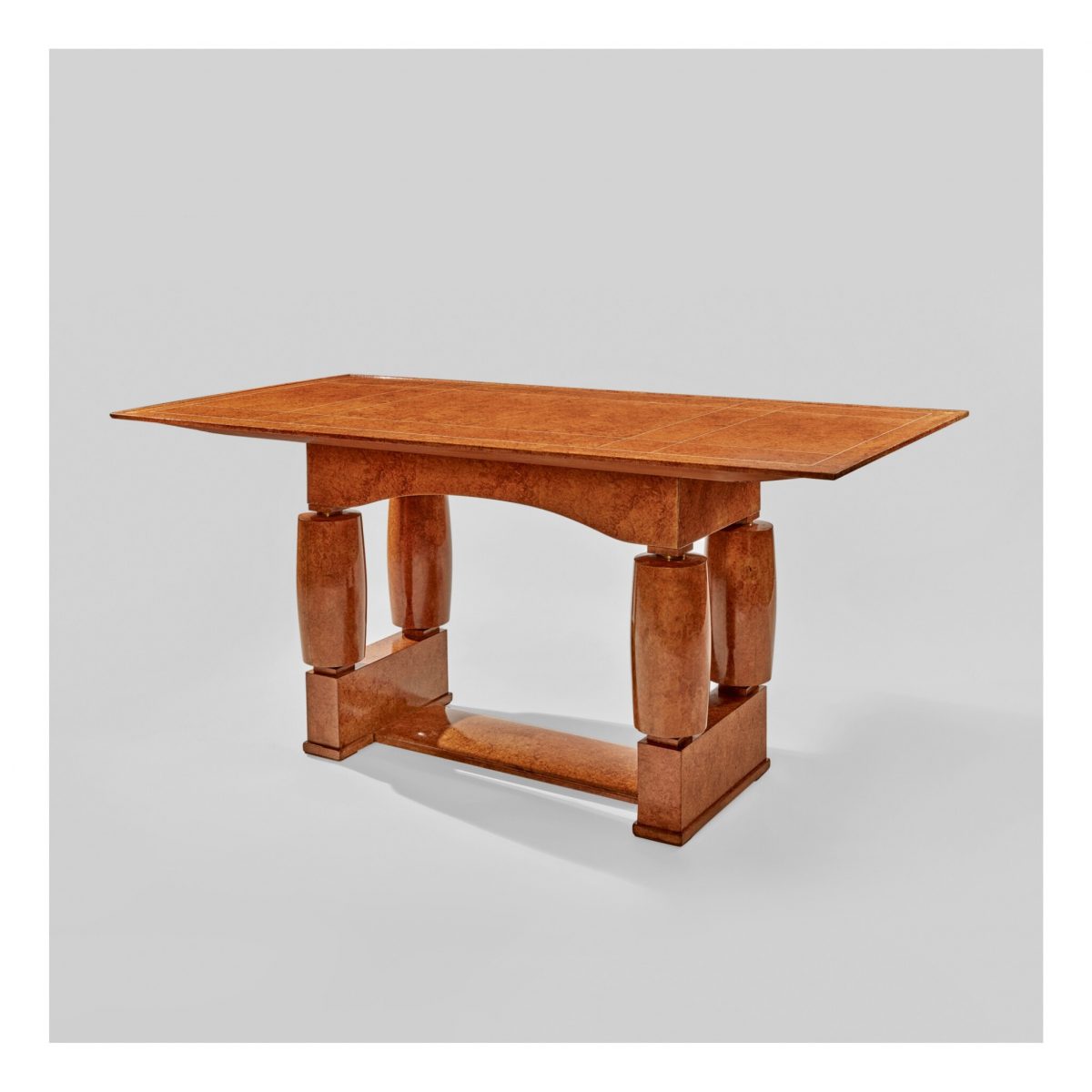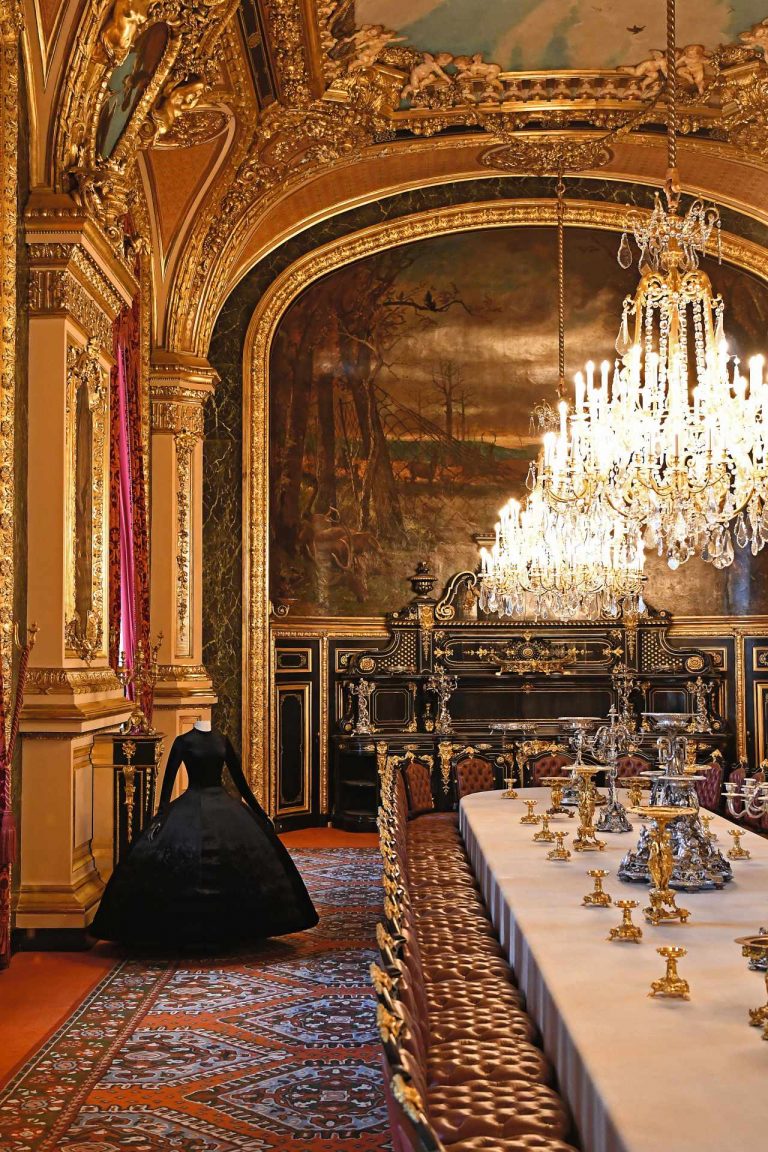It has long been no longer retro, but an indisputable classic and the embodiment of calm elegance. Art Deco style is back in fashion, at least in interior design. The last of the “great styles” (that is, spanning the whole world), Art Deco reigned between the two world wars. After him, diversity and diversity, artificial materials and mass production reigned in aesthetics. It is not surprising that today, almost a hundred years after its inception, in an era of ever-increasing madness and unrest, interest in it has flared up again.
In September 2021, ArchDaily suggested that since design trends are always cyclical, Art Deco, or rather its modern semblance, could be the next major stylistic movement in architecture. “Perhaps what we experience today is a yearning for the same sense of timelessness and renewal that prevailed then,” the critic suggests.
It is symptomatic that now is the time for major restoration work in iconic Art Deco buildings: the Americans are tidying up the interiors of the legendary Chrysler Building skyscraper, and in Paris, BIG recently completed the reconstruction of Galeries Lafayette on the Champs-Elysées, turning it into a magnificent market for selected brands. Another symptom: for a couple of years now, many large hotel chains, which designed their interiors in the style of modernism, have been turning to art deco when renovating buildings – laconic, but at the same time luxurious. This style is also fashionable in smaller boutique hotels, as well as in new restaurants.
In fact, as design historians say, Art Deco has experienced a quiet renaissance since the 1960s, peaking in the 1980s, but then the tide waned, only to return again in the 2020s. Moreover, the current twenties can also be called “roaring”, as it was with the era of the Great Gatsby, a kind of literary symbol of the times.
Rayman Boozer, chief designer at Apartment 48, says in an interview with House Beautiful that what we see now is actually postmodern, exploiting art deco forms. He notices their features in the fashionable range of colors today – a predilection for soft colors, opposed to the synthetic brightness of pop art. Geometric patterns and contours, key to Art Deco, give interiors a bold yet harmonious look.
Other characteristic features of the style that turned out to be in modern trends are metal tables, lamps of delicate outlines made of milky glass, velvet, wallpaper and upholstery ornaments in the spirit of the 1920s and 1930s. The style evokes a subconscious sense of luxury – and also looks man-made and eco-friendly.

Art Deco is making a comeback in home interior design, at least in the West. Experts suggest that this is due to the lockdown period: people spent an unusually long time in their homes and wished to add luxury and elegance to them, but modern taste, trained by the minimalist design of the second half of the 20th century, is trying to combine this with conciseness. It turned out that Art Deco is the best solution to this dilemma.
New lines offered by manufacturers of goods for interiors respond to this interest. For example, the Bond Collection by Jonathan Adler, which offers wooden furniture with an amber, luminous texture.
Plenty of wallpaper with 1920s-30s designs like Hovia or Graham and Brown. Other brands are not far behind the “interiorists”, as in January 2021 Boucheron with a collection of jewelry.
A special chic is to decorate your interior not with modern replicas or improvisations in the Art Deco style, but with genuine antiques from the Interbellum era – that is, the period between the First and Second World Wars. This, of course, requires a larger budget, but antique shops and auctions (western) offer a huge selection to satisfy this desire, with prices of 1-10 thousand dollars per piece of furniture. Figurines, especially author’s ones, are much more expensive.
The maximum price at world auctions is reached by the author’s works of furniture art, which, even at the time of their manufacture, were already expensive. Several price records were set at once at Sotheby’s auction on October 9, 2020 A Celebration of Art Deco: Masterworks from the Collection of Dr. Stephen E. Kelly.
For example, a 1924 bronze bird table by French designer Armand-Albert Rateau was sold for £2 million – only two of these have survived, one at the Dukes of Alba, the other was in the house of Jeanne Lanvin.
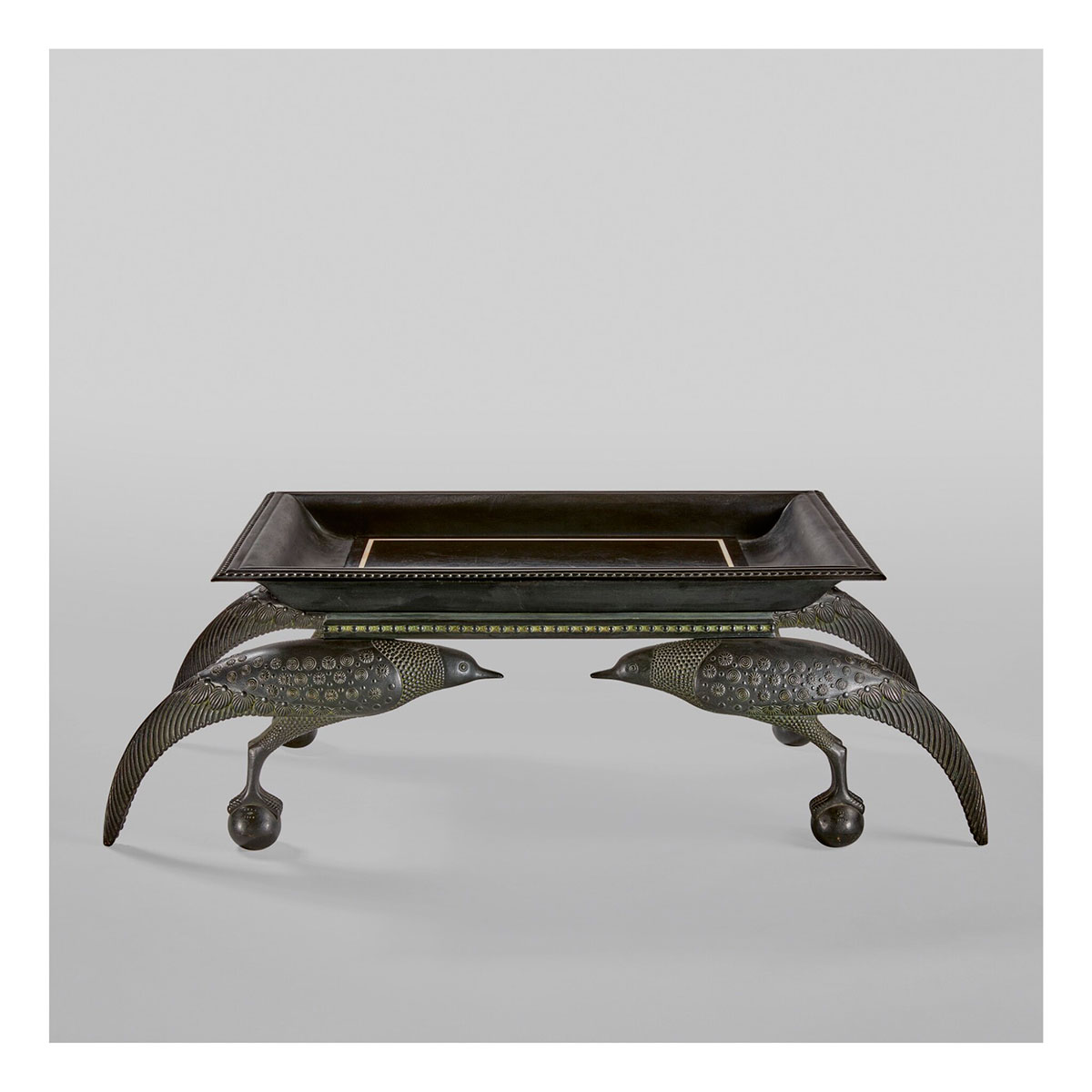
Eileen Gray, considered the artist’s iconic work, moves away from figurativeness towards pure abstraction in her patterns.
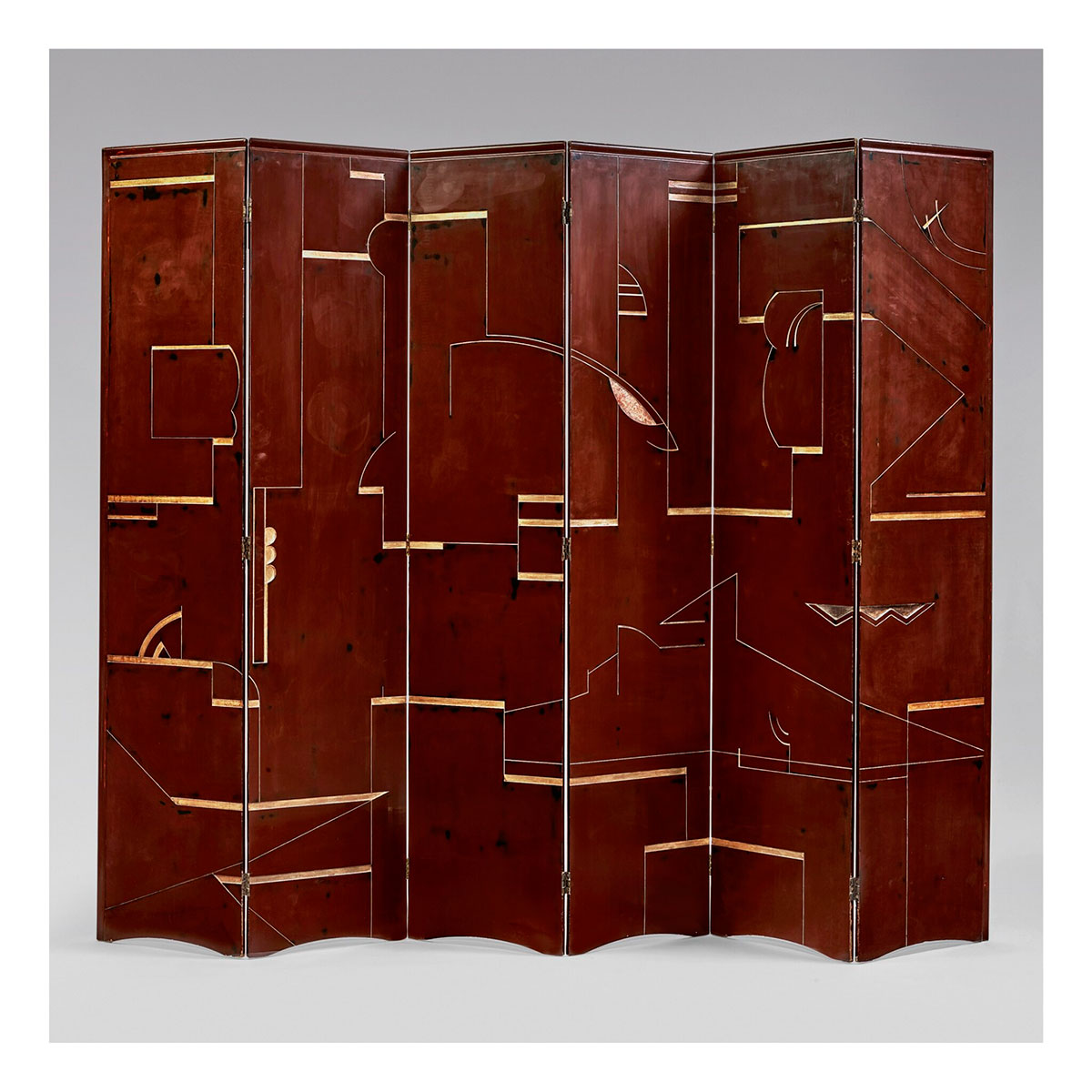
The works of the French decorator Jacques-Emile Ruhlmann went cheaper, but also at a tangible price of about 200 thousand dollars.
This auction, which brought a record profit for this topic, was another sign of the renaissance of style. Other Art Deco interior designers to look for in the antiques market include Jean-Michel Franck, Louis Xu and André Mar, Jean Percelle. Their work has long been on display in museums like the Metropolitan and the Victoria and Albert Museum.
Photo: christies.com, sothebys.com, jonathanadler.com, grahambrown.com, singerpalacehotel.com, hotelclarkbudapest.hu

